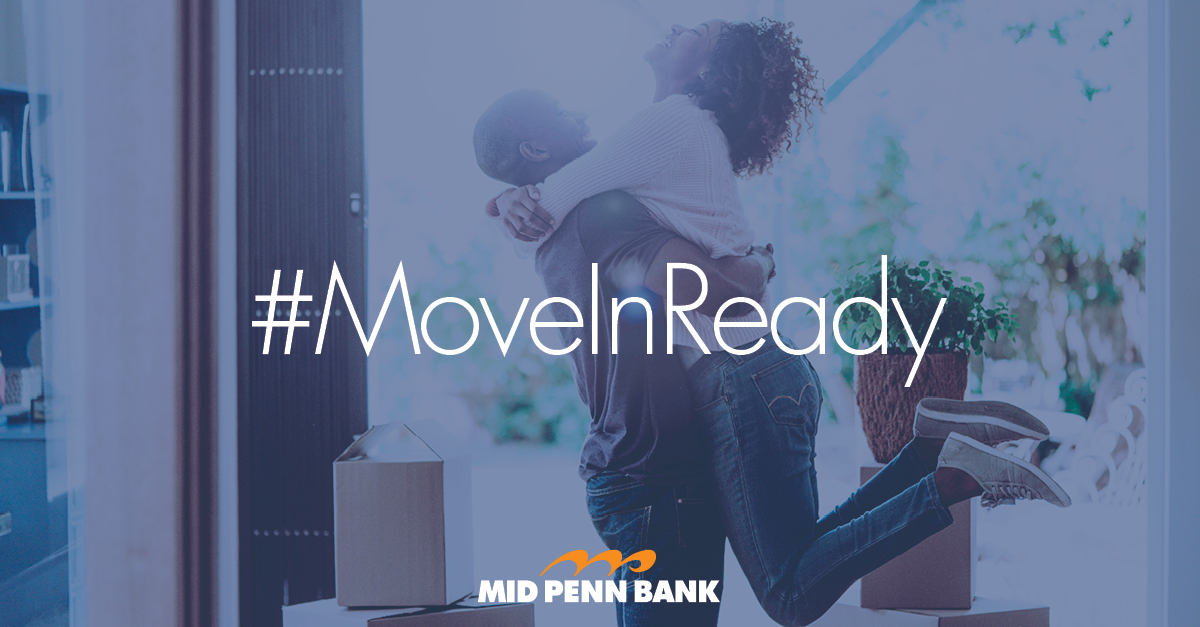Buying a House: Down Payment 101

Spring is just around the corner, and while many of us see this as a sign of warmer weather, it also indicates a busier time for home buying and selling. If you are considering buying, you’ve probably spent some time thinking about your down payment. Each home buyer has specific needs and circumstances, and there are many factors that should be taken into consideration and discussed with your mortgage lender.
Before getting serious about buying, you should determine how much money you can afford for a down payment. Take a hard look at your savings and investments and consider what you need to retain for closing costs, emergency savings, future home renovations (if applicable), and other big upcoming expenses.
You’ve probably heard that it’s ideal to make a down payment of 20 percent or higher of the total cost of the home. For one, you’ll have a smaller loan which means lower monthly payments. You’ll also pay less interest on your loan, and you most likely won’t need to pay Private Mortgage Insurance (PMI).
Not everyone has the ability to make a down payment of 20 percent or higher, but there are a variety of mortgage options that provide flexible down payment options. Most lenders offer conventional loans with PMI for down payments of less than 20 percent.
Additionally, low down payment options are available through certain government guarantee programs, such as the Federal Housing Administration (FHA), U.S. Department of Agriculture (USDA) and Department of Veterans Affairs (VA). Lenders may also offer their own low down payment mortgage programs that do not require mortgage insurance, such as Mid Penn Bank’s first-time homebuyer loan options.
If you need a plan to start saving (or to increase your savings) for a down payment, consider the following:
- Open a separate account that’s 100% designated for holding your down payment savings. It will be easier to watch your savings grow and you’ll be less likely to spend the money.
- Set up an automatic withdrawal from your paycheck to your down payment account.
- Adjust your current household budget by adding additional income through a part-time job and/or by cutting back on certain expenses.
- Ask your lender for information on assistance programs that are specific to first-time and low-income homebuyers.
Everyone’s situation is different, and that’s why it is always best to turn to a lender to discuss the down payment that is right for you. Speak with one of our local mortgage lenders today – contact us online or call 1-855-290-9000.
Share:
Disclosures
The material on this site was created for educational purposes. It is not intended to be and should not be treated as legal, tax, investment, accounting, or other professional advice.
Securities and Insurance Products:
NOT A DEPOSIT | NOT FDIC INSURED | NOT BANK GUARANTEED | NOT INSURED BY ANY FEDERAL GOVERNMENT AGENCY | MAY LOSE VALUE
